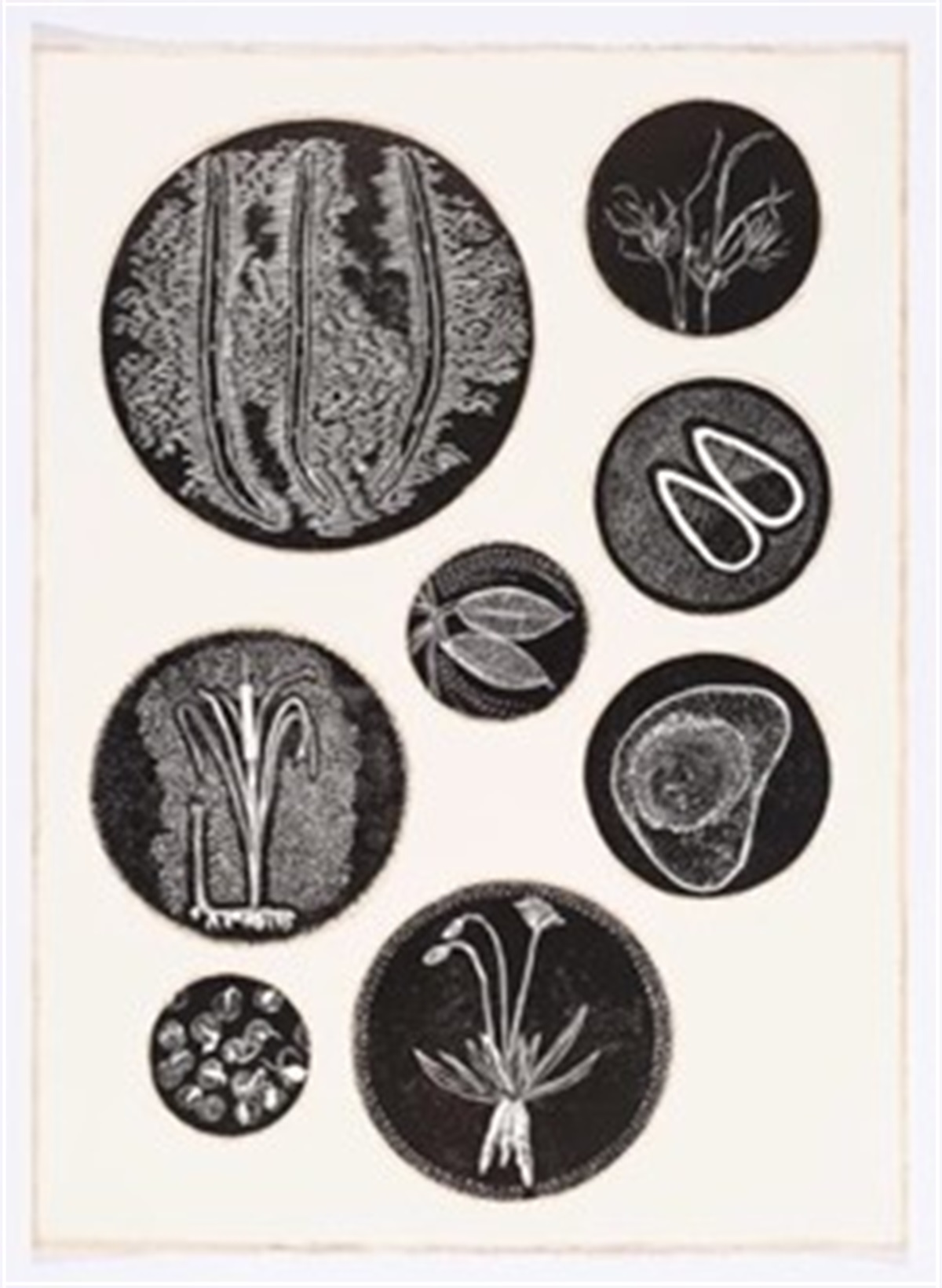That occurred in Launceston’s Trevallyn Dam on August 8 2018, when the herbicide Atrazine was detected at 27µg/L (27 parts per billion), 35% higher than the Australian drinking water guideline. The last TasWater positive detection occurred on August 30 2018 at the Macquarie River at Longford. Since then there apparently have been no pesticide detections in Tasmanian water supplies. Really? What’s going on?
To put the Trevallyn Dam incident into some context, pesticide breaches to the ADWG’s (Australian Drinking Water Guidelines) are relatively rare events. FoE has recorded only 27 such incidents throughout Australia. The Trevallyn Dam incident is the 22nd most “serious” in relation to Australian drinking water guidelines. In terms of the infamous herbicide Atrazine, levels detected at Trevallyn Dam were the 6th highest recorded in an Australian water supply.
According to TasWater on August 14 2018 (6 days after the Trevallyn dam incident!!!): “Historically, we have had few detections of pesticides and therefore the only time we would test for pesticides within the distribution network as if we are undertaking a specific investigation or whether we have had pesticide detections in the source water (raw water) above historical levels (i.e. if we notice a change)…We have a comprehensive water quality monitoring program that is routinely reviewed and to date we have not identified pesticides in our systems above (or approaching) the health limits in the ADWG.”
Apart from the incident at Trevallyn Dam, the most serious raw water incidents, at 30% of the Australian Drinking Water Guidelines, occurred in 2018 in raw water at Pats River Weir Whitemark (Atrazine at 6µg/L), Cornwall in an unnamed stream (Metsulfuron Methyl 12µg/L) and Lake Barron Creek Weir, just upstream of National Park east of Mount Field National Park where Simazine was detected at 6µg/L. The small community of Lake Barron, on Lake Barron island recorded an MCPA detection of 11µg/L in 2016 (27.5% of ADWG), Cannes Hill Reservoir near the community of Whitemark recorded Atrazine at 3µg/L (15% of ADWG) and MCPA at 5.3µg/L (13.25% of ADWG) in 2018 and 2016. Also of interest was the contamination of all 5 bores at Lady Barron with the herbicide Clopyralid with levels in one bore at 180µg/L.
Whilst the most frequently pesticide detected was MCPA, 20 detections of Sulfometuron Methyl occurred over a 43 day period between April 30 and June 11 2018. According to FoE records, the only detections of Sulfometuron Methyl in domestic water supplies in Australia occurred in Tasmania during this period, with the highest levels 75µg/L recorded at Adventure Bay on Bruny Island on 25/5/18.
In terms of ecological impacts, by the far the most breaches to ecological guideline trigger levels relate to detections of Metsulfuron Methyl. All detections of Metsulfuron Methyl breached both the 99% and 95% trigger levels implying that this particular herbicide is of most concern regarding the ecological impacts upon waterways in Tasmania. Metsulfuron Methyl is used on pastures, rights of way, commercial and industrial areas and forest plantations.
TasWater recorded a detection of the organophosphate insecticide Chlorpyrifos at the Curries River offtake of 1µg/L in August 2017. Chlorpyrifos has an exceedingly low 99% guideline level of 0.00004µg/L. This means that the detection of this insecticide at the Currie River was 25,000 times above the 99% ecological trigger level and ten times the 95% ecological trigger level. The same location also recorded Metsulfuron Methyl in May 2018 at 67 times the 99% trigger level and almost 14 times the 95% trigger level.
Metsulfuron Methyl only “gained” an ecological guideline level in 2021, meaning that when the herbicide was detected by TasWater in 2016 and 2018 barely anyone would have “batted an eyelid”. It also appears that the recent guideline levels have not led to any restrictions of the Metsulfuron Methyl label, despite the exceedingly small ecological guideline level. Pesticide labels specify what amounts of the particular chemical can be sprayed on specific crops and land uses.
Key Facts:
TasWater pesticide testing appears to have significantly been decreased since August 2018 when the highest pesticide detection in a Tasmanian domestic water supply occurred at Launceston’s Lake Trevallyn.
No pesticide detections have occurred in Tasmanian since August 2018, which is completely at odds with testing that occurred between 2013-2018.
Numerous locations recorded pesticides in the raw sources for their drinking water between 2016-2018.
The most serious occurred in Launceston. Lower levels of pesticides were also a concern at Whitemark, Cornwall, Lake Barron Creek Weir and Lake Barron which appears to have had 5 bores contaminated with Clopyralid.
Ecological concerns of pesticides include a detection of Chlorpyrifos at 25,000 times higher than the ecological guideline.
The herbicide Metsulfuron Methyl appears to be of the most concern in terms of ecological impact being detected frequently.
Sulfometuron Methyl also was detected frequently over a six week period in 2018.








